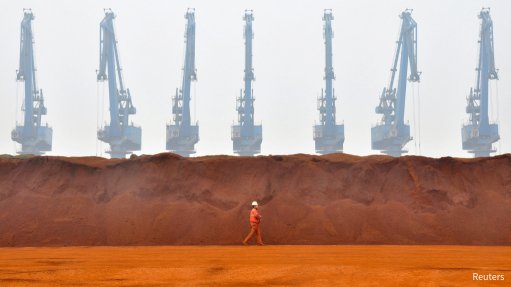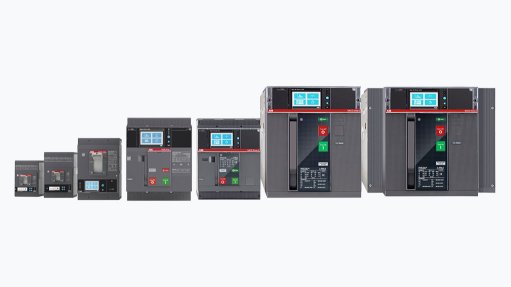Age of Electricity
The recent claim made by the International Energy Agency (IEA) that humanity is “moving at speed into the Age of Electricity” may not seem especially profound, given that electricity has been a key part of the energy system for well over 100 years.
Nevertheless, it is an important statement and one that has significant implications for all countries, including South Africa, where electricity is a top-of-mind subject, given the country’s recent loadshedding crisis and looming affordability crisis.
But what does the Age of Electricity mean and what is driving it?
It means that electricity will grow faster than overall energy demand and any other energy source, such as oil and gas.
The IEA’s ‘World Energy Outlook 2024’ shows that between 2000 and 2010 electricity grew at a pace that was 1.4 times faster than total energy demand; that the pace quickened to two times faster from 2010 to 2023; and that electricity demand is poised to grow six times faster than total energy demand to 2035.
This growth is underpinned by the fact that there are both new sources of demand for electricity (such as to power data centres and AI) as well as displacement demand as electricity begins playing a bigger role in mobility, through electric vehicles (EVs), or in home and industrial heating and cooling.
Secondly, it should be recognised that, while policy was the initial driver of this coming age, economic factors have now taken over, creating impetus for yet further and faster growth.
The policy driver relates to the global imperative for accelerated decarbonisation, particularly now that the threats associated with human-made climate change have started to materialise.
Policymakers understood relatively early on that the electricity sector would be the easiest energy subsector to decarbonise and, thus, created the incentives needed to lift demand for wind and solar PV.
In doing so, a tipping point was reached whereby the two technologies are now the cheapest forms of new electricity in most countries, opening up the opportunity to use clean electricity to decarbonise other energy services.
This can be done directly, as is the case with EVs, electric geysers, air-conditioners and electric stoves and ovens, and indirectly by using renewable electricity to produce a clean carrier such as green hydrogen that can be used to decarbonise sectors such as steel, chemicals, fertilisers, shipping and aviation.
Given favourable economics, new records are being made yearly for the deployment of variable renewable-energy plants to the point where two-thirds of all electricity production by 2035 will be from clean sources, but predominantly from wind and solar PV.
As variable production is added, the opportunity to use the glut of electricity that will arise in the middle of the day will result in electricity finding yet further applications to the point where there will be an electrification of almost everything.
Such a shift will have profound implications for industrial development; ones not yet fully appreciated by South African policymakers.
Article Enquiry
Email Article
Save Article
Feedback
To advertise email advertising@creamermedia.co.za or click here
Press Office
Announcements
What's On
Subscribe to improve your user experience...
Option 1 (equivalent of R125 a month):
Receive a weekly copy of Creamer Media's Engineering News & Mining Weekly magazine
(print copy for those in South Africa and e-magazine for those outside of South Africa)
Receive daily email newsletters
Access to full search results
Access archive of magazine back copies
Access to Projects in Progress
Access to ONE Research Report of your choice in PDF format
Option 2 (equivalent of R375 a month):
All benefits from Option 1
PLUS
Access to Creamer Media's Research Channel Africa for ALL Research Reports, in PDF format, on various industrial and mining sectors
including Electricity; Water; Energy Transition; Hydrogen; Roads, Rail and Ports; Coal; Gold; Platinum; Battery Metals; etc.
Already a subscriber?
Forgotten your password?
Receive weekly copy of Creamer Media's Engineering News & Mining Weekly magazine (print copy for those in South Africa and e-magazine for those outside of South Africa)
➕
Recieve daily email newsletters
➕
Access to full search results
➕
Access archive of magazine back copies
➕
Access to Projects in Progress
➕
Access to ONE Research Report of your choice in PDF format
RESEARCH CHANNEL AFRICA
R4500 (equivalent of R375 a month)
SUBSCRIBEAll benefits from Option 1
➕
Access to Creamer Media's Research Channel Africa for ALL Research Reports on various industrial and mining sectors, in PDF format, including on:
Electricity
➕
Water
➕
Energy Transition
➕
Hydrogen
➕
Roads, Rail and Ports
➕
Coal
➕
Gold
➕
Platinum
➕
Battery Metals
➕
etc.
Receive all benefits from Option 1 or Option 2 delivered to numerous people at your company
➕
Multiple User names and Passwords for simultaneous log-ins
➕
Intranet integration access to all in your organisation





















